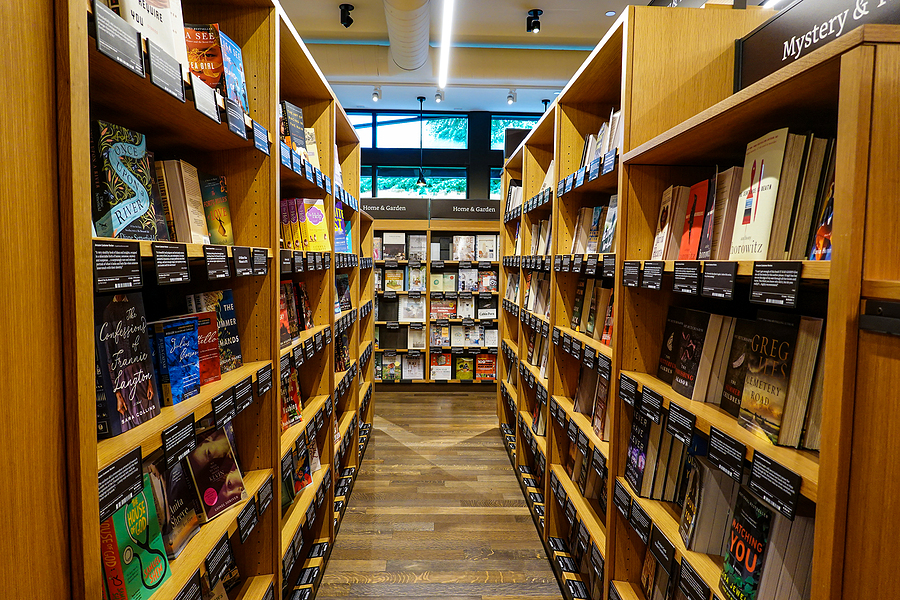If you are a writer, you’ve got it easy. When you say you are a writer, your audience lights up because they know what that means. (Their perception is that you sit around all day thinking profound thoughts. And that you are rich.)
If you are an editor, you’ve got it sort of easy. Your audience knows you work with words and all you do is sit around and read all day. In my editorial days I was often told, “I’d love to have your job.”
But tell someone you are a literary agent and there is a blink and a pause. If they don’t know the publishing industry, they think “insurance agent” or “real estate agent” or “secret agent.” Or if they follow sports or entertainment, they think “sleazy liar who makes deals and talks on the phone all day.” I resent people thinking that I talk on the phone all day. (Hah!)
Even at a writers conference, I always have someone ask, “What is it that you do?”
Dealmaker
An agent works on commission. Fifteen percent of the money earned in a contract they have sold to a publisher on behalf of a writer. We don’t get paid until you get paid. I will be bold and say that any prospective literary agent who asks you for money up front is someone you should stay away from.
This is the category that most people focus on when defining the role of the agent. But it is only one small facet of what we do. It is a myth that we are only dealmakers. It is how we earn our living but only a small part of our work.
Don’t get me wrong. This is a crucial part of what we do. Our contract negotiations are critical to the long-term health of the publishing/author relationship. I regularly teach a course at conferences called “Landmines in Your Book Contract.” Each time I read an “offending” contract clause, taken from actual contracts, there are gasps in the room. There is a good reason to have a professional review any book contract you are ready to sign.
Advice Columnist
I’m not referring to our blog but instead to the conversations (phone, email, face-to-face) we have with our clients. The industry can be confusing when you first begin exploring its nuances. There was a time in your writing life when you didn’t know the answers either. So back then, who did you ask for advice? But what about now after learning the basics? Now the questions are more complex, and the stakes are getting higher.
I can spend hours helping a client review their options. For example, there was a time when a major publisher shut down their entire fiction program; and we had a number of clients affected. Each one needed to have a full understanding of the implications for their situation and what to do next. Or another time a publishing company was sold, and a ton of issues were raised about the future.
We’ve had clients wonder how to best work with their particular editor, someone we’ve known for many years. Everything was smooth sailing because the writer asked the right person for advice.
Career Counselor
We often discuss plans for what should be in an author’s next book proposal. When to complete the proposal itself and what should be included: three books? one book? or a completely different idea because this one won’t work?
There are times where the author is deciding whether or not to try and sell their next idea to a different publisher, not their current one. Not necessarily because of dissatisfaction but because there had been multiple editors ask about their last work and we had been wondering if their enthusiasm would convert to stronger support at a different house.
The question of whether or not to indie publish as a hybrid author is a frequent discussion. Each situation is so unique that cookie-cutter answers are of little help to a particular author.
Idea Machine
I am not saying my ideas are good, only that I can have a lot of them.
Struggling with the title of your book? We could brainstorm a half dozen alternatives at least.
Stuck in your writing? I often have a client call and talk through their book to the place where they are stuck, and we come up with new ideas to break through.
Too many ideas in your head? I ask clients to send a “brain dump” of various storylines or book ideas. I can help decide which ones to shelve and which ones to present to their publisher next time around.
Sometimes just talking it through brings clarity to the author. It might not be my idea that worked; simply having the conversation stimulated creativity. It is a lot of fun when that happens.
Friend
Let’s be careful with this one. By “friend” I mean someone who is much closer than a business acquaintance but not so close that we look forward to painting each other’s toenails. To use the cliche, I’m not your BFF. But I can certainly be that person in your writing world with whom you can share deeply.
With some clients, it is talking through a spiritual crisis. For others, a relationship breakdown. It can be the need to have someone know their health problem, one they don’t want publicly known. And even writers who are buried by self-doubt need to have someone they trust who can encourage them in the right way.
Some of these relationships do grow into wonderful, lifetime friendships. But make sure you keep your boundaries well set and your expectations reasonable.
10 Commandments for Working with Your Agent
If you haven’t read this list of ten commandments, please do so. (Just click the link above.) It is a fun way to look at the topic. It is one of our top ten most-read blogs ever.
Your Turn
Does this article create new questions for you? If so, ask them in the comments below. I might be able to answer them today or use them as fodder for new posts by one of us at the agency in the future.
(A version of this post was previously published in May 2013.)











